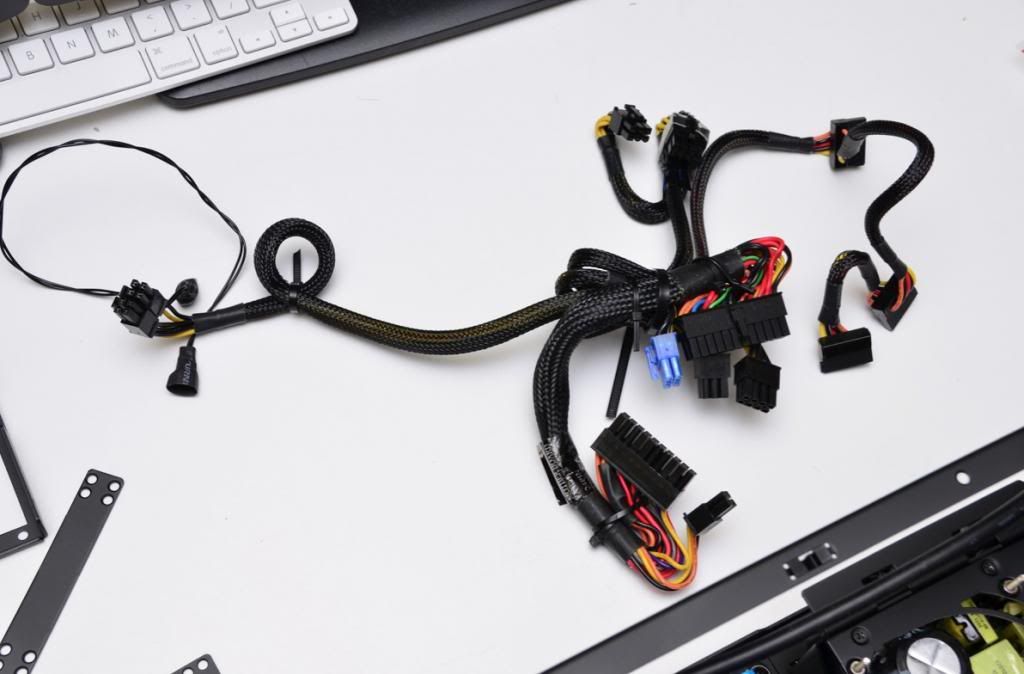Many thanks for replies. I've decided to go for normal heatsink cooling solution, after much research i've decided to go for noctua nh-l12 or noctua nh-l9i. However i'm not sure if nh-l9i will able to be quiet and cool i7-4970 cpu - any comments on that ? [/IMG]
Noctua states that the case needs good cooling (when using nh-l9i) in order to handle CPUs with higher TDP than 65W. The i7-4970 is 88W. But I have seen many reviews for this cooler where they even used a 95W CPU.
With that said, I just got the l9i myself, and plan to use it with the same CPU. I don't plan to overclock, and I plan to disable the turbo boost if needed. The raw 4 GHz speed offered is plenty for me, and if the CPU overheats, can always lower the multiplier a little. In worst case, get a better cooler later.
I got this cooler because of it's small size and good acoustics. It was cheap too.
![[H]ard|Forum](/styles/hardforum/xenforo/logo_dark.png)

